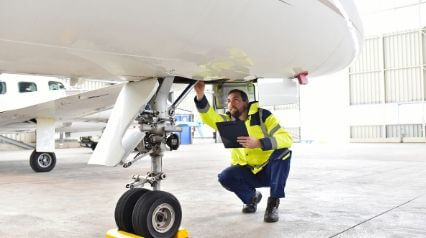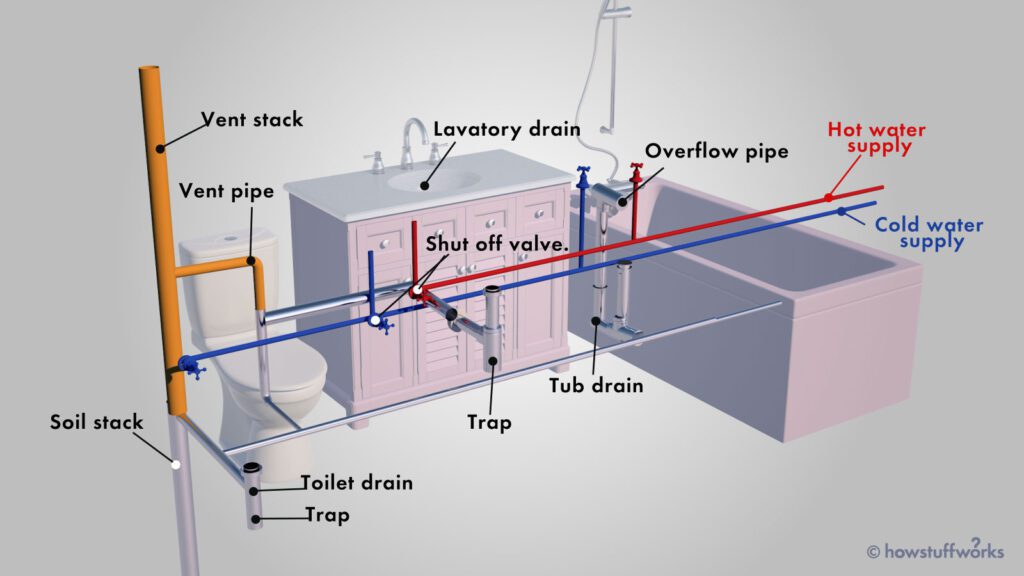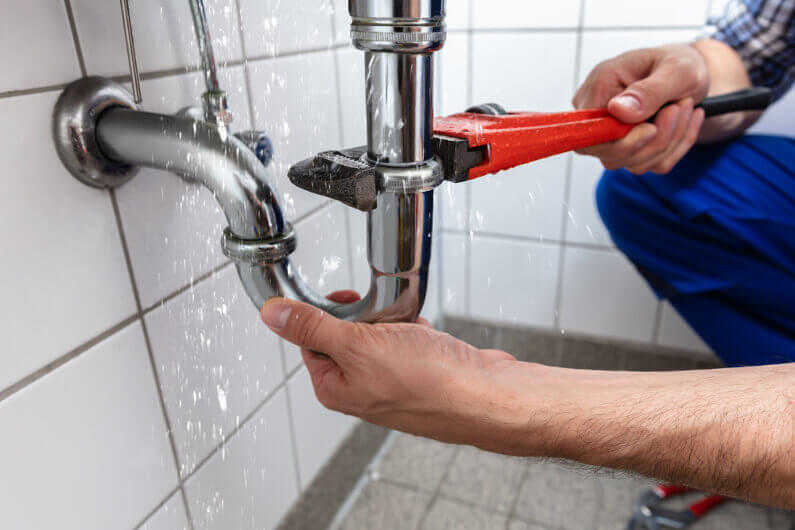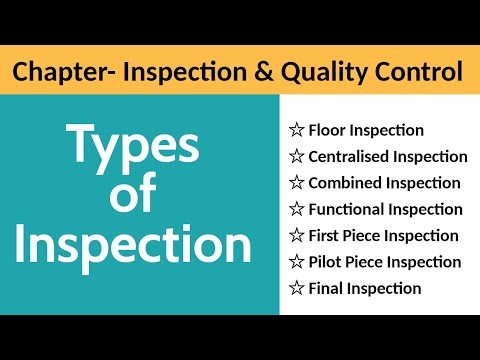Are you wondering about the ideal duration for a 100-hour inspection? It’s a common question for aircraft enthusiasts and professionals alike, as this routine task is crucial to ensure safety and compliance. In this article, we’ll explore the factors that can influence the time it takes to complete a 100-hour inspection and provide insights into what is considered a reasonable timeframe. So, let’s dive in and gain a better understanding of how long this essential inspection should actually take.
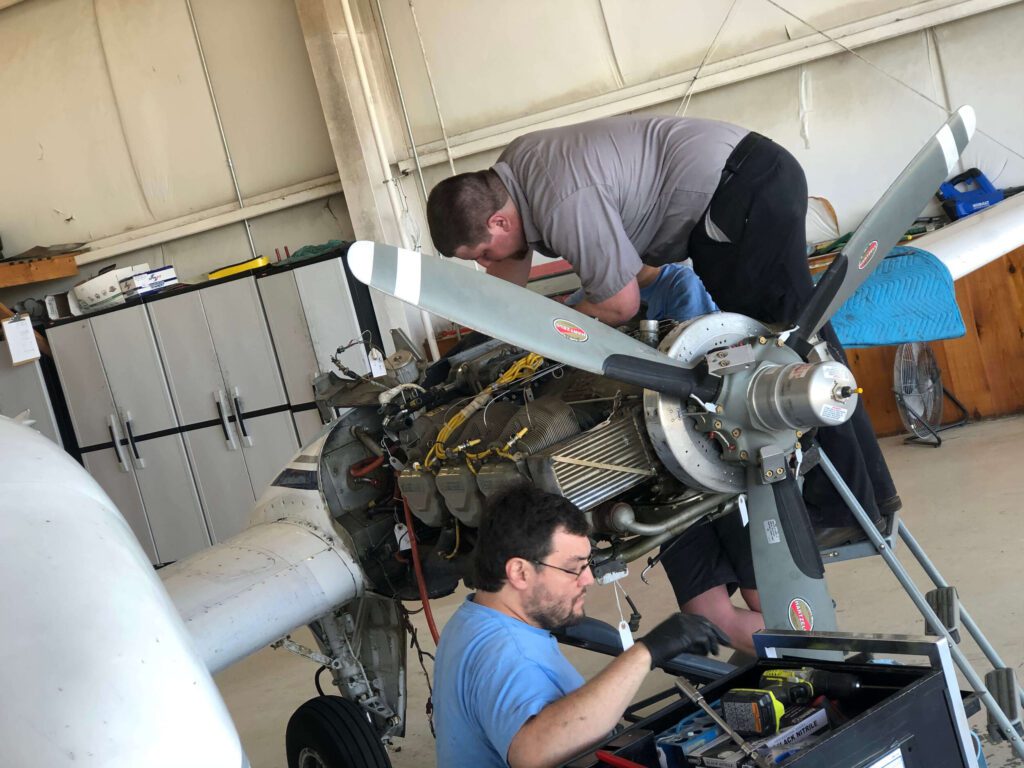

Factors that affect the duration of a 100-hour inspection
When it comes to the duration of a 100-hour inspection, several factors come into play. These factors can significantly impact how long the inspection process takes and can vary depending on the type of aircraft being inspected, the experience of the maintenance team, the scope of the inspection, and the conditions of the aircraft. Let’s dive deeper into each of these factors to understand their influence on the inspection duration.
Type of aircraft
The type of aircraft being inspected plays a crucial role in determining how long the inspection process will take. Different aircraft have various complexities and intricacies in their design and systems, which directly affects the time required for a thorough inspection. For example, a small general aviation aircraft may have a simpler structure and systems, leading to a relatively shorter inspection duration compared to a more complex aircraft such as a business jet or a commercial airliner.
Experience of the maintenance team
The experience and expertise of the maintenance team performing the 100-hour inspection can also impact its duration. A highly skilled and experienced team will be more efficient in identifying and addressing maintenance needs, potentially reducing the inspection time. On the other hand, a less experienced team may take longer to complete the inspection as they might need more time for research and troubleshooting.
Scope of the inspection
The scope of the 100-hour inspection can vary based on the requirements set forth by the aircraft manufacturer, regulatory authorities, and any additional maintenance needs specific to the aircraft. The more extensive the scope of the inspection, the longer it is likely to take. Some inspections may require additional checks or tests, such as engine borescope inspections or non-destructive testing, which can add significant time to the overall process.
Conditions of the aircraft
The conditions in which the aircraft is presented for inspection can also impact the duration of the process. If the aircraft is well-maintained and regularly serviced, it is likely to require less time for inspection compared to an aircraft that has been neglected or poorly maintained. Factors such as the cleanliness of the aircraft, the accessibility of components, and the presence of any existing issues or damage can all contribute to the time needed for inspection.
Average duration for a 100-hour inspection
While the duration of a 100-hour inspection can vary based on multiple factors, having a general understanding of average durations for different types of aircraft can be useful. Although these are only rough estimates and individual circumstances may vary, they can serve as a baseline for expectations.
General aviation aircraft
For general aviation aircraft, such as small single-engine planes, the average duration of a 100-hour inspection typically ranges from 8 to 16 hours. These aircraft generally have simpler systems and structures, making the inspection process relatively straightforward and less time-consuming.
Complex aircraft
Complex aircraft, including multi-engine airplanes and larger business jets, usually require more comprehensive inspections due to their intricate systems and increased number of components. The average duration for a 100-hour inspection of such aircraft can range from 16 to 40 hours, depending on the specific make and model.
Turbocharged aircraft
Turbocharged aircraft often have additional systems and components that need careful inspection. Therefore, the average duration for a 100-hour inspection of turbocharged aircraft can be slightly longer compared to their naturally aspirated counterparts. It can range from 16 to 30 hours, depending on the complexity of the turbocharging system.
Variations between different aircraft models
It is important to note that these average durations are general guidelines and can still greatly vary from one aircraft model to another. Variations in design, systems, and maintenance requirements can impact the time needed for a thorough inspection. It is advisable to consult the aircraft’s maintenance manual or seek professional advice to determine a more accurate estimate for a specific aircraft model.
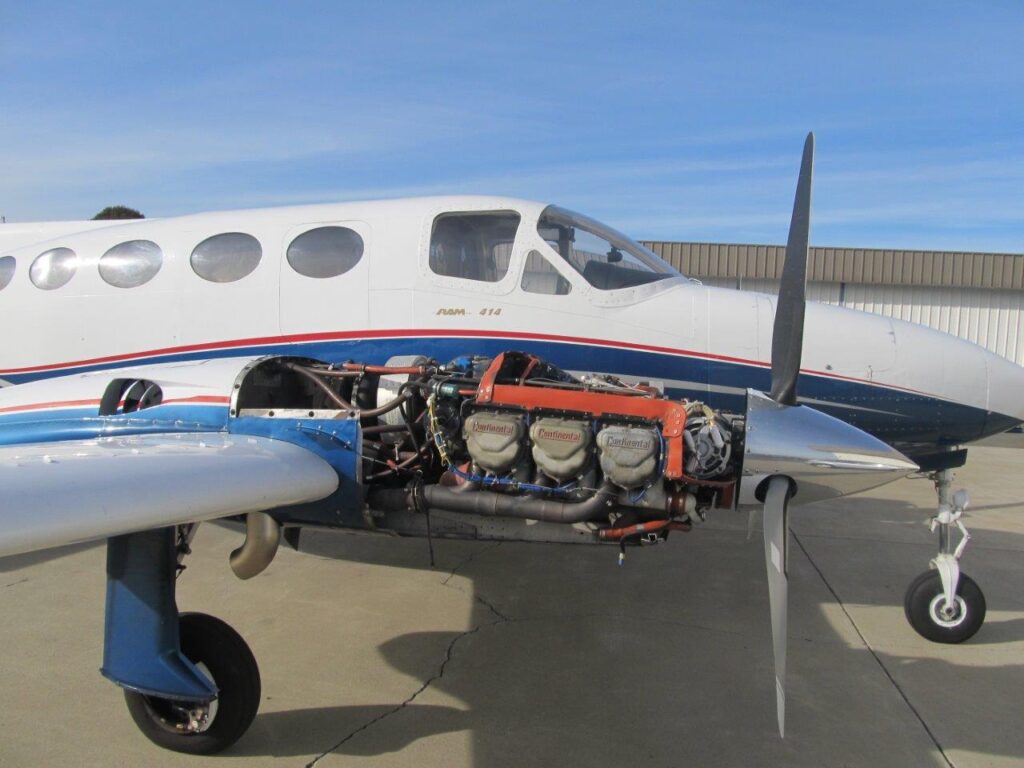

Additional factors that may impact the inspection duration
In addition to the aforementioned factors, several other factors can affect the duration of a 100-hour inspection. These factors may not be consistently present in every inspection, but when they arise, they can significantly impact the overall timeline.
Availability of required parts
Sometimes, the inspection may reveal the need for specific parts to be replaced or repaired. If these parts are not readily available and need to be ordered or shipped, it can extend the duration of the inspection. The waiting time for parts to arrive and the subsequent installation can add extra days or even weeks to the overall process, depending on the availability and complexity of the required parts.
Logbook organization
The organization and accuracy of the aircraft’s logbooks and maintenance records can also impact the inspection duration. If the logbooks are poorly maintained or incomplete, the maintenance team may need to spend additional time reviewing and cross-referencing records to ensure compliance with regulatory requirements. Conversely, well-organized logbooks can streamline the inspection process and reduce the time needed for record checks.
Unforeseen repairs needed
During the inspection, unforeseen repairs or maintenance needs may arise that were not initially anticipated. These unexpected findings can vary in complexity and severity, potentially prolonging the inspection as additional troubleshooting, repair planning, and parts sourcing may be required.
Efficiency measures to reduce inspection duration
While there are several factors that can impact the duration of a 100-hour inspection, there are also measures that can be taken to increase efficiency and reduce the time needed for the inspection process. Here are some efficiency measures that maintenance teams can employ:
Maintaining a clean and organized workspace
A clean and organized workspace is essential for an efficient inspection process. By keeping the work area tidy, tools and equipment readily accessible, and components well-organized, maintenance teams can minimize time wasted on searching for necessary items, reducing the overall inspection duration.
Using technology to streamline processes
Advancements in technology have brought about significant improvements in the efficiency of maintenance processes. Utilizing digital tools, such as electronic maintenance manuals, computerized maintenance management systems (CMMS), and diagnostic equipment, can streamline inspections, simplify troubleshooting, and expedite the identification of maintenance needs.
Pre-planning and coordinating tasks
Before starting the inspection, pre-planning and coordinating tasks can help optimize the workflow. By assigning specific responsibilities to team members, ensuring all necessary tools and equipment are ready, and establishing a clear sequence of tasks, the inspection process can be streamlined, reducing the time needed for completion.
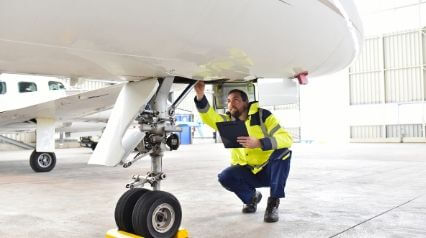

Common challenges that can prolong a 100-hour inspection
Despite the best efforts to maintain efficiency, certain challenges can arise during a 100-hour inspection that may prolong the process. These challenges can range from unexpected discoveries to complex troubleshooting tasks. It is vital to be aware of these potential hurdles and be prepared to address them accordingly.
Corrosion and damage discovery
During the inspection, corrosion, damage, or wear and tear may be discovered in various components of the aircraft. Addressing these issues properly may require additional time, as it may involve repairs, component replacements, or further inspections. The severity of the corrosion or damage can significantly impact the duration of the inspection process.
Complex system troubleshooting
Aircraft systems can be complex, especially in larger or more technologically advanced aircraft. When troubleshooting issues within these systems, maintenance teams may encounter challenges in identifying the root cause of a problem. This may involve extensive testing, analysis, and collaboration among team members or even with external specialists, extending the inspection duration.
Complexity of avionics systems
Avionics systems, including navigation, communication, and flight control systems, have become increasingly sophisticated over the years. Inspecting and maintaining these systems often requires specialized knowledge and equipment. Consequently, any issues or discrepancies discovered during the inspection can lead to lengthier repairs or replacements, potentially extending the overall duration of the inspection.
Follow-up maintenance tasks after an inspection
Once the 100-hour inspection is completed, there are various follow-up maintenance tasks that may be necessary before the aircraft can be considered airworthy and ready for operation. These tasks are essential to ensure the safety and reliability of the aircraft.
Repairs and part replacements
If any issues are identified during the inspection, repairs or part replacements may be required. Depending on the nature and severity of the issues, these tasks can range from simple adjustments to more complex repairs. The time needed for these follow-up tasks can vary based on factors such as the availability of necessary parts, the complexity of the repairs, and the workload of the maintenance team.
Reassembly and reinstallation
After repairs or part replacements, the aircraft components that were disassembled during the inspection must be reassembled and reinstalled properly. This process requires careful attention to detail to ensure that everything is reassembled correctly, aligned properly, and functioning as expected. It is crucial not to rush this step, as any mistakes or oversights could have serious consequences on the aircraft’s performance and safety.
Test flights and inspections
Once the reassembly is complete, the aircraft may need to undergo test flights and additional inspections to ensure that all systems are functioning correctly and that the aircraft is airworthy. Test flights are crucial to identify any remaining issues or anomalies that may not have been evident during the inspection process. Depending on the specific requirements and regulations, these test flights and inspections may add extra time to the overall process before the aircraft can be returned to service.


Regulatory requirements for 100-hour inspections
The duration and procedures for 100-hour inspections are regulated by various aviation authorities, such as the Federal Aviation Administration (FAA) in the United States. It is important to understand and comply with these regulations to ensure the safety and airworthiness of the aircraft.
FAA regulations
In the United States, the FAA requires aircraft operated under Part 91 to undergo a 100-hour inspection if used for hire or flight instruction. The regulations dictate that the inspection must be performed by a certified Aviation Maintenance Technician (AMT) and that the inspection process follows the guidelines outlined in the aircraft manufacturer’s maintenance manual.
Maintenance protocols
Beyond regulatory requirements, each aircraft manufacturer may have their own specific maintenance protocols and recommended practices for conducting 100-hour inspections. These protocols often include detailed instructions and checklists to ensure that all necessary inspections and maintenance tasks are performed correctly and thoroughly. Adhering to these protocols helps maintain the aircraft’s integrity and ensures compliance with the manufacturer’s standards.
Scope of required inspections
The scope of the required inspection is also dictated by regulatory requirements. The FAA, for example, provides guidance on the specific items that must be inspected during the 100-hour inspection process. These items typically include checks of the aircraft’s engine, fuel system, propeller, landing gear, flight controls, electrical systems, and more. Compliance with these inspection requirements is crucial for maintaining the airworthiness of the aircraft.
Expected costs associated with a 100-hour inspection
Understanding the expected costs associated with a 100-hour inspection is crucial for aircraft owners and operators to plan their maintenance budgets effectively. The costs can vary depending on factors such as the complexity of the aircraft, the specific inspection requirements, and any additional maintenance needs discovered during the inspection.
Labor costs
Labor costs will typically be one of the primary components of the overall cost for a 100-hour inspection. The rates for labor vary depending on the location, the experience and qualifications of the maintenance team, and the complexity of the tasks involved. It is advisable to obtain quotes from multiple maintenance facilities to compare prices and ensure a fair value for the services provided.
Replacement parts and materials
If any components or parts need to be replaced during the inspection, the cost of these replacements will also contribute to the overall cost. The price of replacement parts can vary widely depending on factors such as the aircraft model, the specific parts needed, and the availability of aftermarket alternatives. It is recommended to work closely with the maintenance facility to obtain accurate estimates for potential part replacements.
Unforeseen repair expenses
Unforeseen repairs or maintenance needs that are discovered during the inspection can add additional costs to the overall 100-hour inspection expense. These expenses can arise from unexpected findings such as corrosion, damage, or wearing components that require immediate attention. It is important to be prepared for potential unforeseen expenses by setting aside a contingency budget to cover unexpected repairs or part replacements.


Considerations for selecting a maintenance facility for a 100-hour inspection
Selecting the right maintenance facility to perform a 100-hour inspection is crucial for the overall success and efficiency of the inspection process. Several factors should be taken into consideration when choosing a maintenance facility.
Certifications and qualifications
Ensure that the maintenance facility and its technicians have the necessary certifications and qualifications to perform the 100-hour inspection. Look for certifications such as the FAA Airframe and Powerplant (A&P) certification, as well as any additional specialized certifications specific to the aircraft make and model. Verifying the qualifications of the maintenance team provides peace of mind that the inspection will be conducted by knowledgeable and skilled individuals.
Reputation and customer reviews
Research the reputation of the maintenance facility by reading customer reviews and seeking recommendations from other aircraft owners or operators. A facility with a positive reputation for quality work, reliability, and customer satisfaction is more likely to provide a smooth and efficient 100-hour inspection experience.
Work schedule and turnaround time
Consider the work schedule and turnaround time of the maintenance facility. While it is important not to rush the inspection process, it is also desirable to have the inspection completed in a reasonable timeframe. Discuss the expected duration of the inspection with the maintenance facility and ensure that their work schedule aligns with your operational needs.
Conclusion
The duration of a 100-hour inspection can vary significantly based on factors such as the type of aircraft, the experience of the maintenance team, the scope of the inspection, and the conditions of the aircraft. Understanding these factors and their impact on the inspection duration is important for aircraft owners and operators to plan and prepare for maintenance activities effectively.
Efficiency measures, such as maintaining a clean and organized workspace, utilizing technology, and pre-planning tasks, can help reduce inspection duration. However, challenges such as corrosion discovery, complex system troubleshooting, and avionics complexities can prolong the inspection process. Following the inspection, there are additional maintenance tasks, regulatory requirements, and associated costs to consider, as well as selecting a suitable maintenance facility.
By considering these factors and making informed decisions, aircraft owners and operators can ensure the integrity and airworthiness of their aircraft while minimizing the impact on their operations. Regular and thorough 100-hour inspections play a crucial role in maintaining the safety and reliability of the aircraft and should be treated as an essential part of any comprehensive maintenance program.

